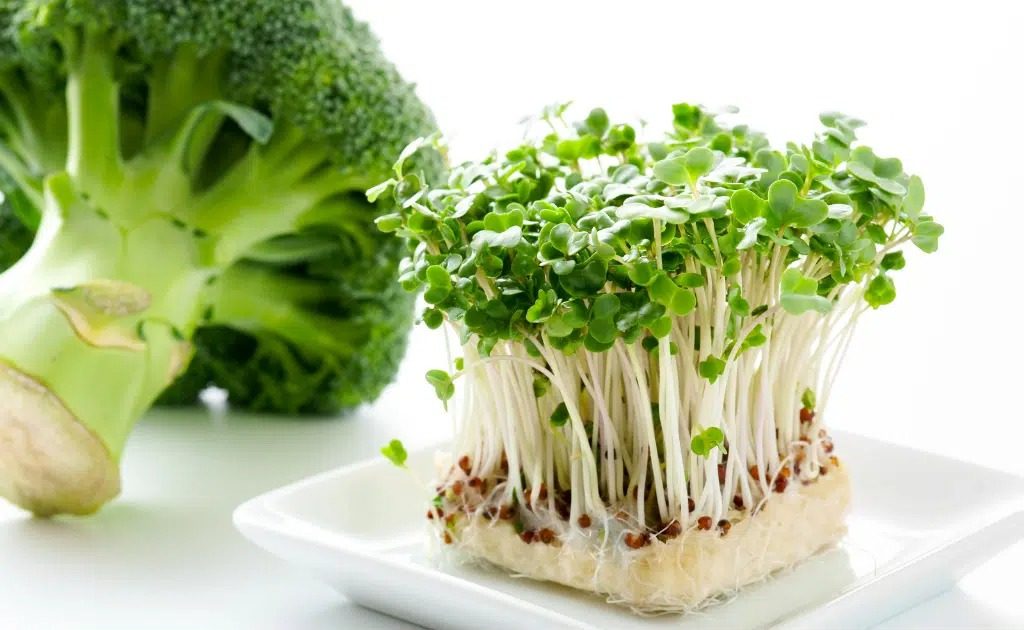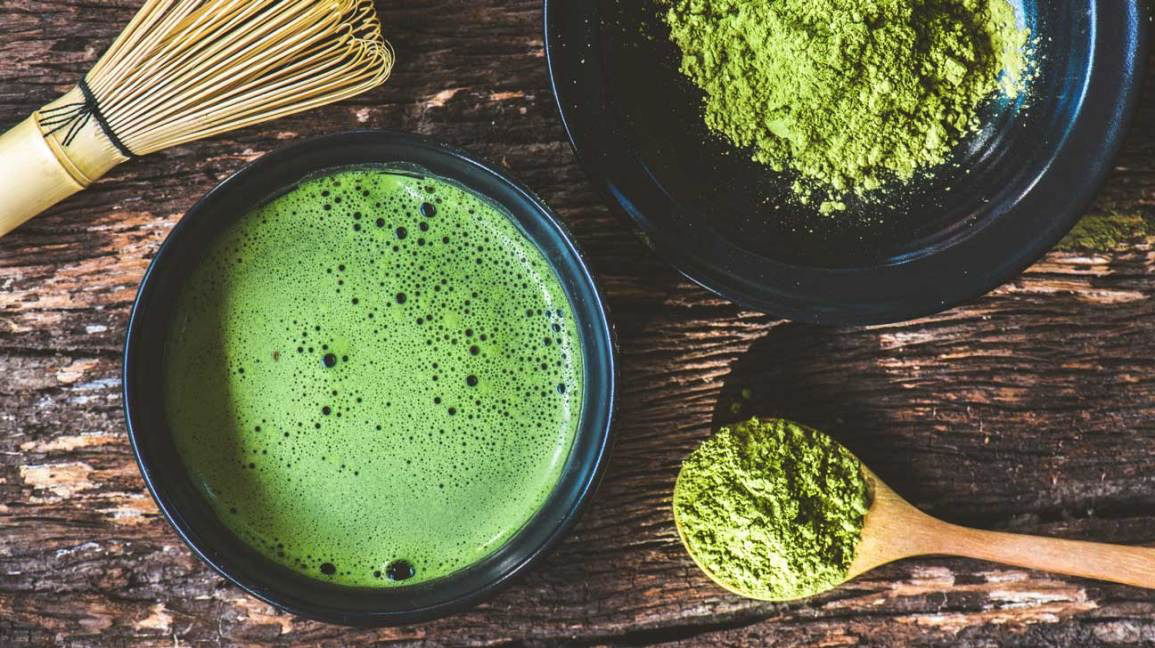
Matcha green tea has become widely popular due to its impressive health benefits, thanks to its high antioxidant content.
Unlike regular green tea, drinking Matcha means consuming the whole powdered leaf of the Camellia sinensis plant. This leads to a greater intake of nutrients and amino acids. While Matcha does contain caffeine, it also has compounds that help mitigate its jittery effects.
What is Matcha Tea?
Matcha is made by grinding green tea leaves that are specially grown into a fine, vibrant green powder. Dr. Jennifer Robinson explains that farmers shade the plants from sunlight for two weeks before harvesting to boost amino acids and antioxidants, making Matcha distinct from other teas.
Unlike fermented teas such as oolong or black tea, Matcha leaves are dried and roasted before being ground. The term “Matcha” translates to “powdered tea” in Japanese.
Nutritional Profile of Matcha
Matcha is rich in beneficial compounds, including catechins, flavanols, and polyphenols. EGCG (epigallocatechin gallate) is particularly recognized for its potential anticancer properties. These antioxidants help reduce the risks of chronic conditions like heart disease and type 2 diabetes.

One amino acid in Matcha, L-theanine, promotes calming effects on the brain without causing drowsiness. Additionally, Matcha’s polyphenols have antimicrobial and antibacterial properties, which may aid in preventing infections and support oral health by combating bacteria linked to gum disease.
Matcha also provides trace minerals such as magnesium, iron, calcium, and zinc.
How Much Matcha Should You Drink?
There are no strict guidelines, but most people consume 1 to 2 cups per day. Each cup of Matcha offers the benefits of multiple cups of regular green tea.
Since it includes the entire leaf, overconsumption could strain the liver, so moderation is key, particularly for those with caffeine sensitivity or pre-existing health conditions.
How to Make Matcha
Matcha can be prepared in a few ways:
Traditional Style: Sift 1–2 teaspoons of Matcha into a bowl, add hot water, and whisk with a bamboo whisk until frothy. Drink directly from the bowl.
Matcha Latte: Mix Matcha powder with a little water to form a paste, then add warm (or cold) milk and sweetener.
Simple Cup Method: Stir Matcha with hot water directly in a cup, optionally adding a sweetener.

Health Benefits of Matcha Tea
Boosts Brain Function: The combination of caffeine, L-theanine, and EGCG can improve memory, attention, and cognitive clarity.
Reduces Blood Pressure: The polyphenols in Matcha may help manage hypertension.
Lowers Cholesterol: Research suggests that Matcha helps reduce LDL (“bad”) cholesterol and overall cholesterol levels.
Stabilizes Blood Sugar: Matcha may help lower blood glucose and fat levels in the blood.
Anticancer Potential: EGCG and other compounds in Matcha may help slow tumor growth and reduce cancer risk. A study in Japan found a link between high green tea consumption and delayed cancer onset.
Supports Liver and Kidney Health: Animal studies suggest that Matcha may help protect liver and kidney function, particularly in diabetes.
Promotes Weight Loss: Research indicates that Matcha enhances fat oxidation, especially when combined with exercise.

Potential Side Effects of Matcha
For most people, drinking 1–2 cups per day is safe and beneficial. However, some may experience:
- Elevated blood pressure due to caffeine
- Increased anxiety in sensitive individuals
- Lowered blood sugar, particularly when combined with diabetes medications
- IBS flare-ups
- Decreased calcium absorption, potentially affecting bone health if consumed excessively
10 Foods That Prevent and Fight Can.cer

Can.cer manifests itself through alterations in the DNA and genes in cells, transforming them into can.cer cells that multiply uncontrollably. Unlike healthy cells, can.cer cells become “immortal” and spread rapidly throughout the body, depleting the body’s nutrient and sugar stores.
This process can lead to tumors in various organs, such as the intestines, liver, pancreas, and lungs, destroying nerves and blood vessels and threatening the patient’s life. Fortunately, some foods contain natural properties that can prevent the development of can.cer and even slow its spread. Discover here the 10 essential foods to strengthen your cells and fight can.cer.
1. Raw Garlic
Consuming raw, crushed garlic regularly helps block the growth of can.cer cells. Natural compounds in garlic, such as allicin, ajoene, and sulfur, increase antioxidant activity in the body, protecting cells and DNA from damage.
Allicin, which is released when garlic is crushed, has been shown to induce programmed can.cer cell death (apoptosis). To maximize its benefits, do not cook it, as heat destroys this active compound.
2. Broccoli Sprouts
Broccoli sprouts, young leaves only 2 to 3 days old, are a rich source of sulforaphane, a compound that encourages can.cer cells to self-destruct while leaving healthy cells untouched. They contain up to 100 times more sulforaphane than mature broccoli.
These sprouts can be easily grown at home and added to salads or overcooked vegetables to aid nutrient absorption.

3. Blueberries
Blueberries are an excellent source of antioxidants thanks to their pigments, anthocyanins, which give them their black, red, or purple color. These antioxidants protect cells from damage caused by free radicals from processed foods.
For optimal protection, a small handful of blueberries or other berries (strawberries, blackberries, acai berries) a day strengthens the immune system and helps prevent can.cer.
4. Sauerkraut
Sauerkraut, rich in vitamin C, helps reduce inflammation, a breeding ground for can.cer. A single cup contains about 700 mg of vitamin C, far exceeding the recommended daily intake.
As a fermented food, it also contains prebiotics and probiotics that nourish colon cells, reducing the risk of polyps and tumors. For maximum effectiveness, consume sauerkraut several times a week.
5. Cruciferous Vegetables
Cruciferous vegetables like kale, cauliflower, Brussels sprouts, and broccoli are rich in phytonutrients and vitamins (C, potassium, magnesium, B). These nutrients help the liver convert toxins into water-soluble particles, facilitating their elimination. To reap their benefits, eat them raw or lightly steamed to retain their active compounds.

6. Turmeric and Black Pepper
Turmeric is widely recognized for its anti-inflammatory effects thanks to curcumin, a compound that inhibits the development of blood vessels in tumors, thus preventing their growth. To optimize curcumin absorption, add a pinch of black pepper, rich in piperine, which increases its absorption by 2000%.
7. Mushrooms
Mushrooms, including turkey tail, cordyceps, reishi, and maitake, have been used for centuries in Asia for their immune-boosting properties. They contain phytonutrients like quercetin and baicalein, which are known for their effectiveness in preventing and fighting can.cer. Some compounds in these mushrooms are even used in can.cer treatments in Asia.
8. Matcha Green Tea
Matcha tea is even more concentrated in nutrients and chlorophyll than traditional green tea. Consuming two cups of matcha tea a day provides the body with EGCG, a compound that prevents can.cer cells from spreading. This beverage is therefore an excellent choice for strengthening cellular health and preventing can.cer.

9. Wild Fish
Oily fish like sardines, salmon, and mackerel are rich in omega-3s, which reduce inflammation. These fish are beneficial in reducing the risk of can.cer, as inflammation is a central factor in its development. Additionally, omega-3s help the body better tolerate can.cer treatments, such as chemotherapy.
10. Dark Chocolate (Sugar-free)
Cacao beans, the basic ingredient in dark chocolate, are a source of antioxidants and flavonoids, surpassing even berries in antioxidant concentration. Consume at least 70% dark chocolate with no added sugar to reap its benefits while avoiding the harmful effects of sugar. A few squares a day also help regulate blood pressure and cholesterol levels.
















